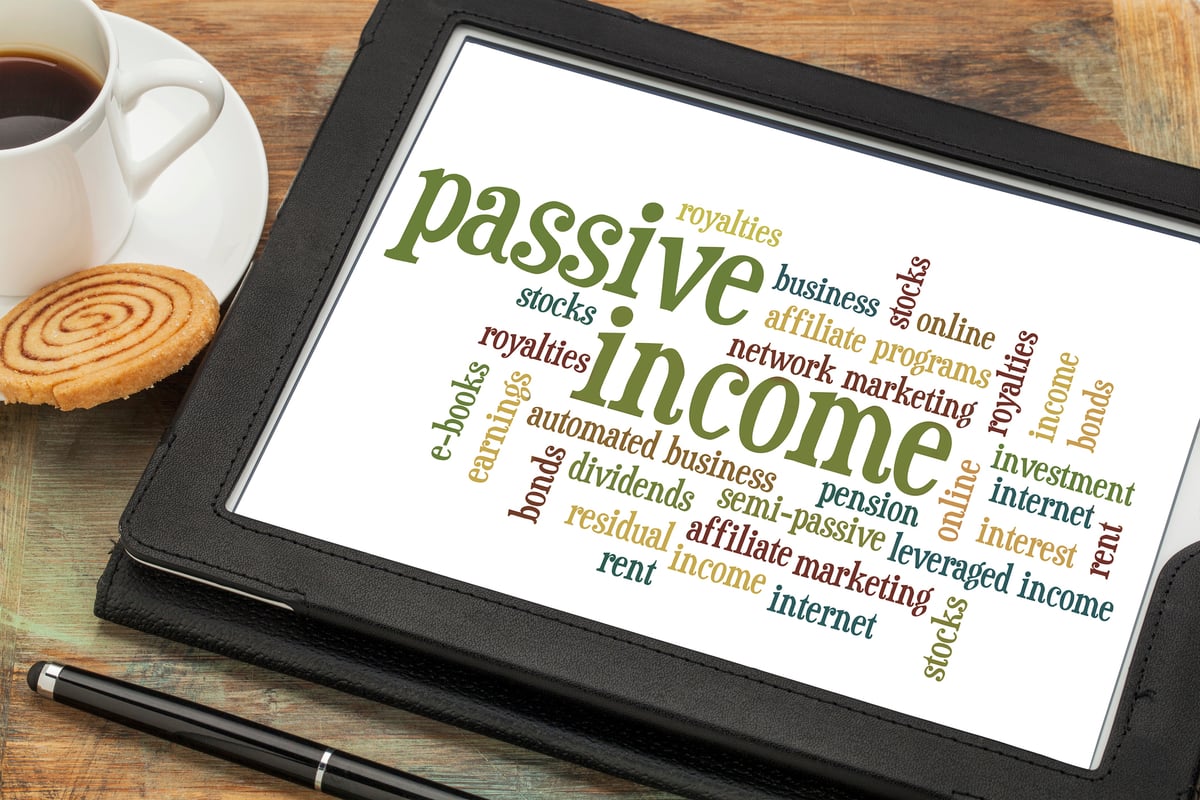Coca-Cola (KO +0.40%) just can't stop, and if you want to get in on its hyperactivity, maybe you should try the company's new energy drink.
The blue chip company continues to see rapid growth nationally and abroad, and it's producing its first-ever energy drink to drive even greater sales, along with your mood.
What is an energy drink, anyway?
The concept of the energy drink comes from Japan, but many beverage makers in the U.S. played around with the idea, adding vitamins and extra caffeine to various products over the decades. It really took off in 1987 when Red Bull started selling in Austria, coming to U.S. shores ten years later.
An energy drink is typically a caffeine-heavy carbonated beverage with some vitamins. In other words, it's not so different from any standard carbonated drink in a can, but it can give you a boost, or as the companies purport, allow you to do more with your day.

Image source: Getty Images.
Coming to a convenience store near you
Coca-Cola unveiled its energy drink line in the U.S. this past October, ahead of the sales launch. It includes regular and cherry flavors, as well as zero-calorie versions of each. The drink is already available in 25 international markets.
If you haven't tried an energy drink yet, you're not alone. Coke research found that U.S. energy drink market penetration has been slow as consumers are wary of the new drinks and the unfamiliar brands that produce them. If it would come in a friendly and well-known red can and taste like Coca-Cola, they'd probably be more willing to try it. That's what this product is all about, and Coke is betting that it can extract untapped market share based on its household name.
Coca-Cola's version of the drink has 114 milligrams of caffeine in a 12-ounce can, about the same as a 12-ounce cup of coffee, similar to the other popular energy drinks. It will also feature "caffeine from naturally derived sources, guarana extracts and B vitamins, and completely taurine-free" to "complement your upbeat and busy life," according to Coca-Cola's press materials.
Who's the competition?
According to Bloomberg, energy drinks make up a $53 billion global industry that's growing. The current top-selling energy drink in the U.S. is the original Red Bull, with Monster Beverage a very close second.
While both of these companies are seeing increased revenue, neither of them has anywhere near the muscle that Coke can flex worldwide:
| Company | Coca-Cola | Red Bull | Monster |
| 2018 Revenue | $31.9 billion | $6.2 billion | $3.8 billion |
Data source: company filings.
Going where no other beverage maker has gone before?
Part of Coca-Cola's ability to keep on mustering greater sales is its willingness to try new products. They're not always successful, but the company continues to experiment, ready to pounce on opportunities that show the most potential.
This works well for a beverage company, because it's (relatively) simple to offer a new product one day and pull the plug the next. What about the the R&D that goes into it? Well, Coca-Cola has a nearly $13 billion war chest at its disposal, which provides the company with a lot of flexibility.
Coke rival PepsiCo has taken the same approach. The company recently announced that it's unveiling its own energy drink in the form of Pepsi Cafe. It won't officially fall into the energy drink category, but it's meant to compete in that space, offering a cola-coffee combo. It's not that company's first foray into coffee-flavored cola, either, but the time seems to have ripened for caffeine-loaded carbonated drinks.
Coca-Cola has done its homework in this market, so look for the company to grab a nice slice of the pie, and look for the red can with the energy drink at convenience stores starting in January.






